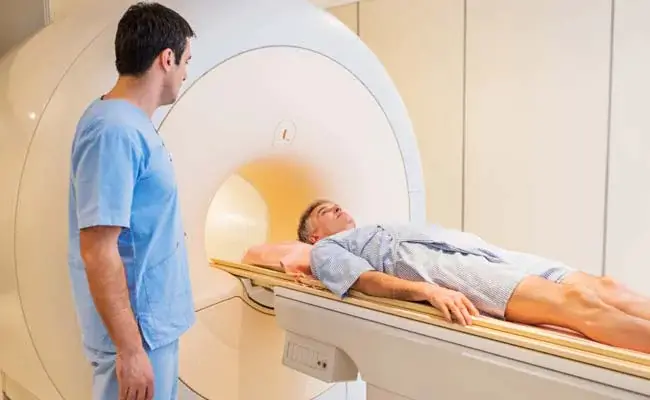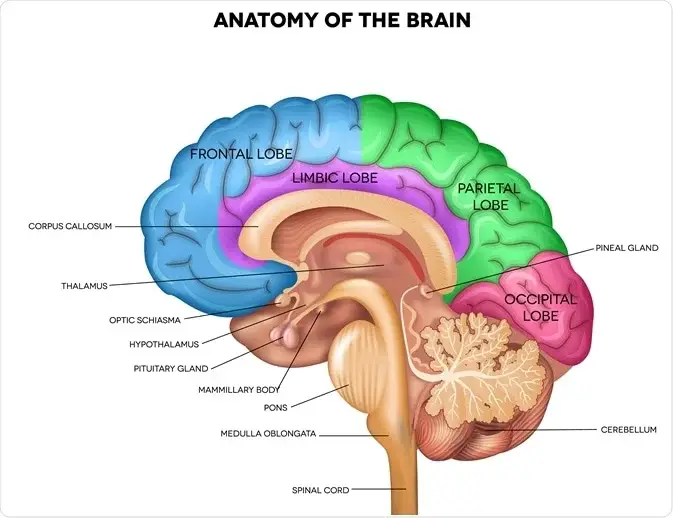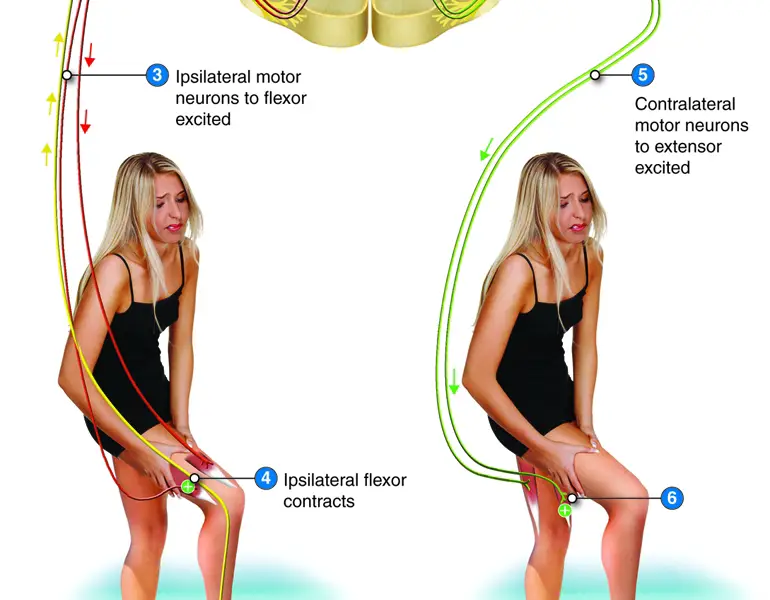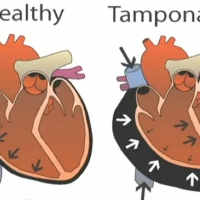Nervous System 101 Study Guide Notes: Types of Neural Cells, Structure and Function, Astrocytes vs Microglia vs Ependymal Cells vs Oligodendrocytes vs Schwann Cells [MCAT, USMLE, Biology, Medicine]
In this lesson, we explore the nervous system and share notes as part of the study guide series. We will explore the awesome brain and nerves! Topics include the Early Types of Neural Cells, Structure and Function, Astrocytes vs Microglia vs Ependymal Cells vs Oligodendrocytes vs Schwann Cells. Check out our popular nervous system notes.





























